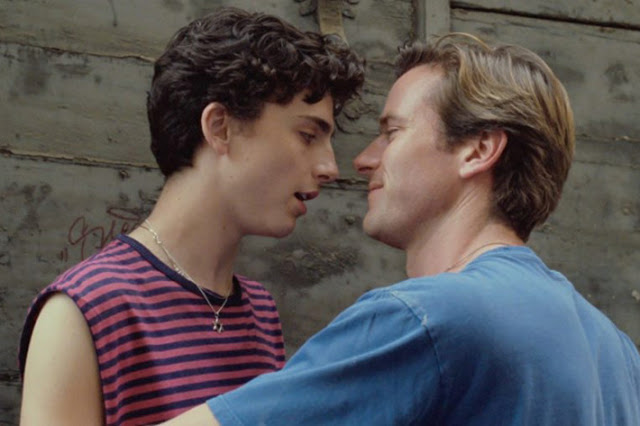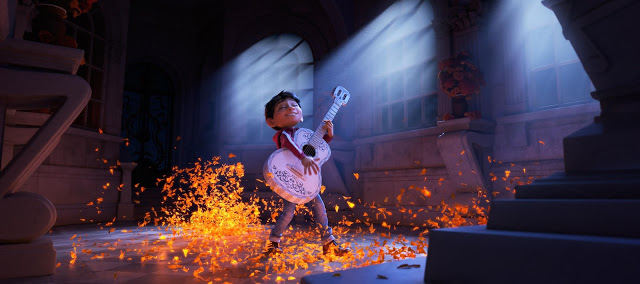Annihilation: Sights to See, But Beware of Monsters, and Humans
It’s called “the Shimmer”. A kind of holographic hemisphere, it is a translucent dome of shape-shifting light and iridescent color, steadily encroaching across an unspecified swath of lightly forested land. Nobody knows where it came from, and nobody knows what it is or why it exists. All anyone knows is that once you step inside it, you never come out.
This is the tantalizing setup of Annihilation, Alex Garland’s consistently stunning, occasionally baffling thriller. A film of beguiling beauty and nightmarish horror, it is first and foremost the product of an auteur with a distinctive vision. In Ex Machina, Garland showcased a talent for taking recognizable cinematic patterns and twisting them into distorted shapes that bled with a disquieting intensity. Here, he makes that metaphorical gift literal; in Annihilation, bodies mangle and mutate, contorting into indescribable forms that blur traditional lines—between flora and fauna, between human and animal, between earthly and otherworldly. Yet it’s all so gorgeously done that it presents an intriguing contradiction. Rarely has a movie simultaneously seemed so lovely and so demented. Read More





